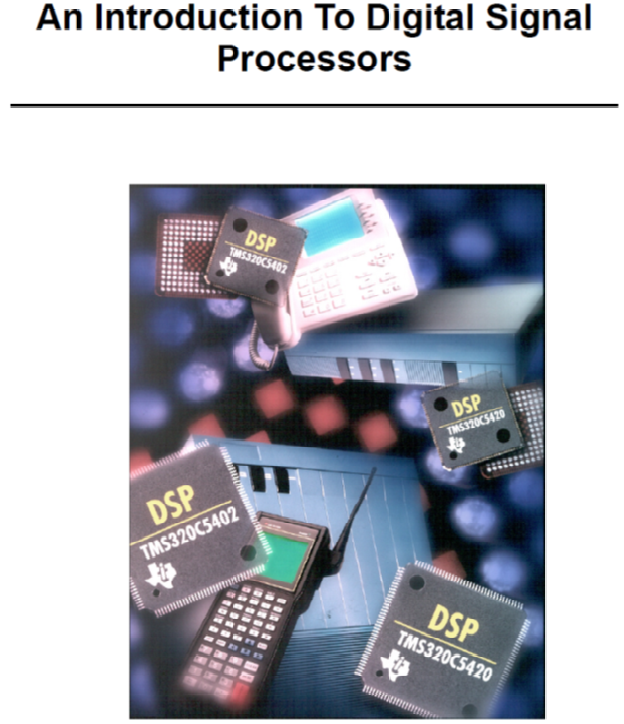
Charles Babbage invented the concept of computer in the mid 19th century, but the
concept had to wait for the development of vacuum tube electronics in the 1930s to
achieve its full potential.
The first electronic computer was actually built by Tommy Flowers, an electronics engineer in the British secret service, during the Second World War. This computer called Colossus was used by the British secret service to decipher German military codes. Because of the secrecy that surrounded these operations it was not recognized as the first electronic computer until recently.
A computer performs its task by the sequential execution of elementary binary
operations called “instructions”. These elementary instructions may represent the
addition of two numbers for instance, or a comparison between two numbers, or the
transfer of a binary word from one memory location to another. They are assembled in a
complete “program” that defines the global task carried out by the computer.
The part of the computer that executes the instructions is called the Central Processing
Unit (CPU).
A microprocessor is a silicon chip that implements the complete Central Processing Unit
of a computer. Silicon photolithographic and etching processes are used to massproduce
microprocessors.
The development of the microprocessor in the 1970’s represents a major milestone in
the history of electronics and computer systems. It enabled the development of low cost
computers, which in time became “personal computers”. It also spawned the field of
“embedded systems”, in which a microprocessor is used to control an electronic device
or subsystem. Nowadays, nearly all customer, scientific and industrial electronics
incorporate microprocessors.
Credit goes to author of this Book........
for free download click below....
0 comments:
Post a Comment